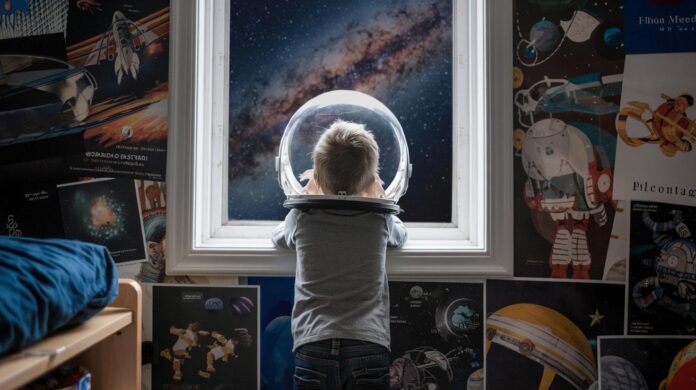Human colonization of space has long been a captivating yet polarizing topic. Can humans truly establish a sustainable existence beyond Earth's atmosphere? The International Space Station (ISS) provides a glimpse into this reality, demonstrating the capability of extraterrestrial life through sophisticated life support systems. As you delve into the intricacies of space habitation, explore the advancements that make this endeavor possible, while confronting the challenges that remain. From current technology on the ISS to the psychological and physiological impacts on astronauts, this article examines the feasibility of turning the dream of living in space into reality.
Current Space Habitation Technologies
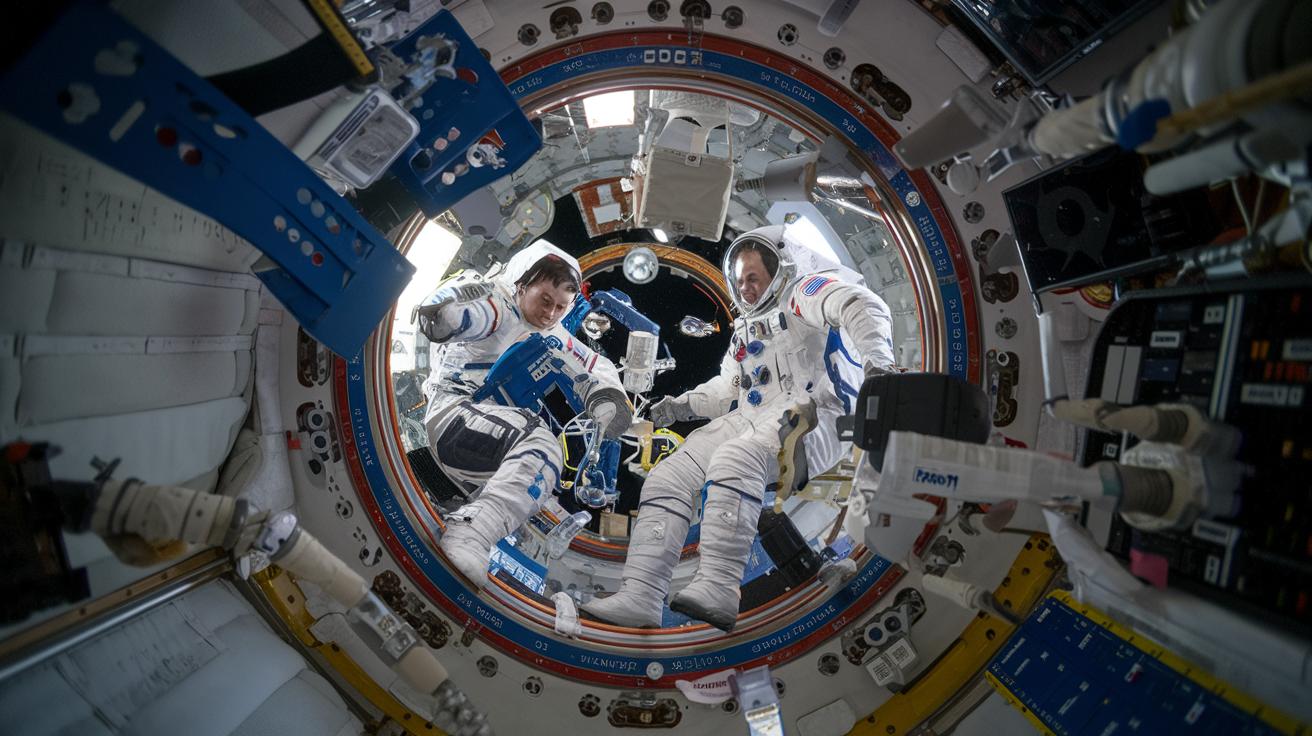
The International Space Station (ISS) serves as a cornerstone in understanding the feasibility of long-term human habitation in space. Functioning as a microgravity and space environment research laboratory, the ISS provides invaluable data on the challenges and solutions inherent in sustaining human life beyond Earth. Through its advanced life support systems, the ISS demonstrates the capability to maintain a habitable environment by supplying breathable air, maintaining temperature control, and offering protection against the harmful effects of space radiation. This platform not only showcases the viability of living in space but also acts as a testbed for the development of technology essential for future space habitats.
- Oxygen Generation System (OGS): Produces breathable oxygen by electrolyzing water.
- Temperature and Humidity Control: Maintains optimal living conditions through a combination of heating, ventilation, and air conditioning.
- Water Recovery System: Recycles waste water, including urine, into potable water.
- Carbon Dioxide Removal Assembly (CDRA): Eliminates carbon dioxide from the air to prevent toxicity.
- Radiation Shielding: Provides protection from cosmic rays and solar radiation.
Maintaining these life support systems involves addressing several challenges, including component degradation, resource constraints, and the complex logistics of resupply missions. The harsh environment of space necessitates robust engineering solutions to ensure system reliability and redundancy. Innovations in materials science and automation have been pivotal in enhancing system durability and efficiency. As understanding deepens, this knowledge informs the design of future habitats, potentially enabling sustainable human presence on the Moon, Mars, or beyond. These advancements not only illustrate the current capabilities but also highlight the continuous evolution required to support human life in space.
Health Effects of Living in Space
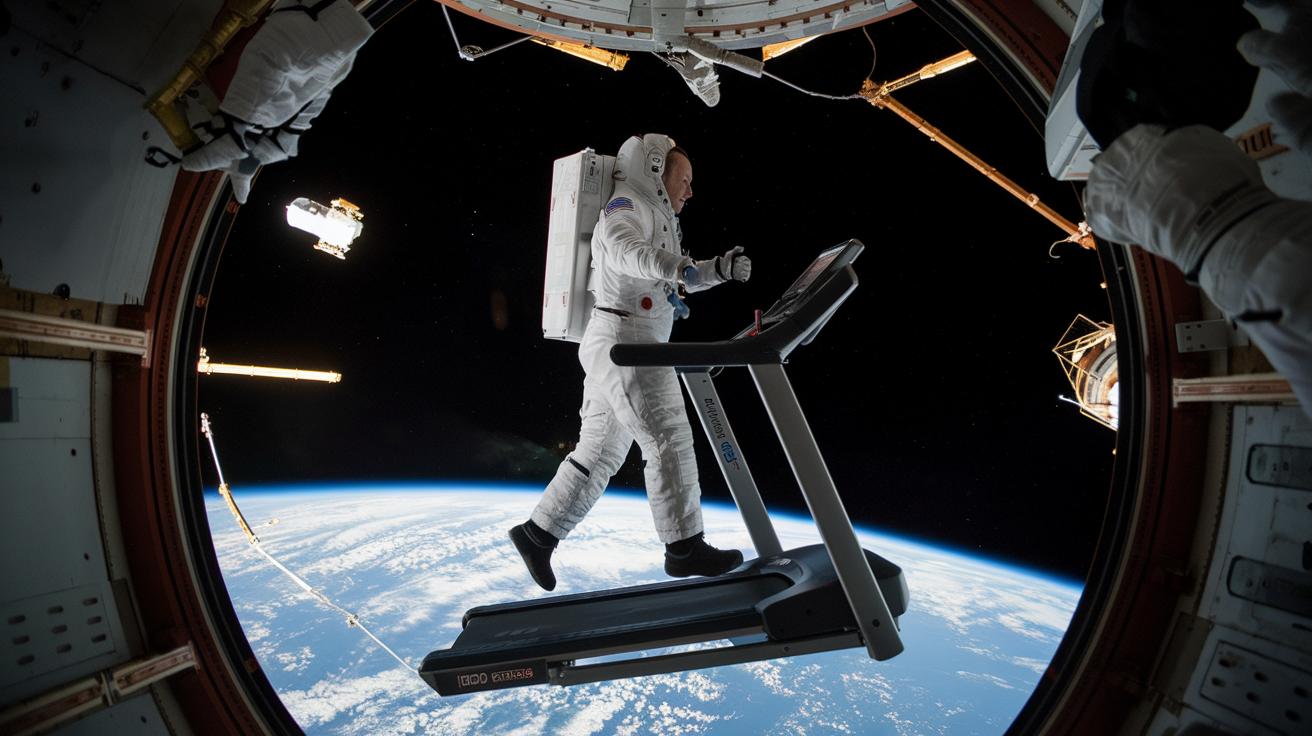
How does microgravity affect human physiology in space? Microgravity significantly impacts the human body, leading to muscle atrophy and bone density loss. In the microgravity environment of space, the absence of gravitational forces causes muscles to weaken as they are not required to support the body as they do on Earth. Similarly, bones lose density at an accelerated rate, as the lack of mechanical stress leads to calcium loss. This condition mimics osteoporosis and poses a substantial risk to astronauts, particularly during prolonged missions. Cardiovascular challenges also arise, as blood and fluids redistribute towards the head, resulting in facial puffiness and potential vision problems. These physiological changes underscore the complexity of maintaining human health in a microgravity setting.
What are the radiation risks associated with living in space? Space radiation presents another formidable challenge to human health. Cosmic radiation, comprising high-energy particles from the sun and distant galaxies, can penetrate the human body, causing cellular damage. Prolonged exposure increases the risk of cancer, central nervous system effects, and potential acute radiation syndromes. Unlike Earth, which benefits from atmospheric and magnetic shielding, space environments offer minimal protection, making radiation exposure a critical concern for long-term habitation. Understanding and mitigating these risks are essential for ensuring the safety of those living and working in space.
Could artificial gravity be a solution for these health challenges? Artificial gravity is being explored as a potential countermeasure to alleviate some of the health issues associated with microgravity. By simulating gravitational forces, it could help maintain muscle and bone health while mitigating fluid shifts that affect the cardiovascular system. However, creating a stable and effective artificial gravity environment involves complex engineering challenges, such as designing rotating habitats or centrifuge-based systems. These solutions require substantial innovation and investment, but they hold promise for improving physiological well-being during extended space missions.
| Health Effect | Countermeasure |
|—————————|——————————-|
| Muscle atrophy | Resistance exercise |
| Bone density loss | Dietary supplements, exercise |
| Radiation exposure | Shielding, pharmacological protection |
Addressing the health effects of living in space is vital for the sustainability of human space exploration. As research progresses, understanding the interplay between human physiology and the space environment will be crucial for developing effective countermeasures. Advances in exercise regimens, pharmaceuticals, and habitat design are central to ensuring astronaut health, paving the way for safe and prolonged human presence beyond Earth.
Psychological Challenges of Space Living
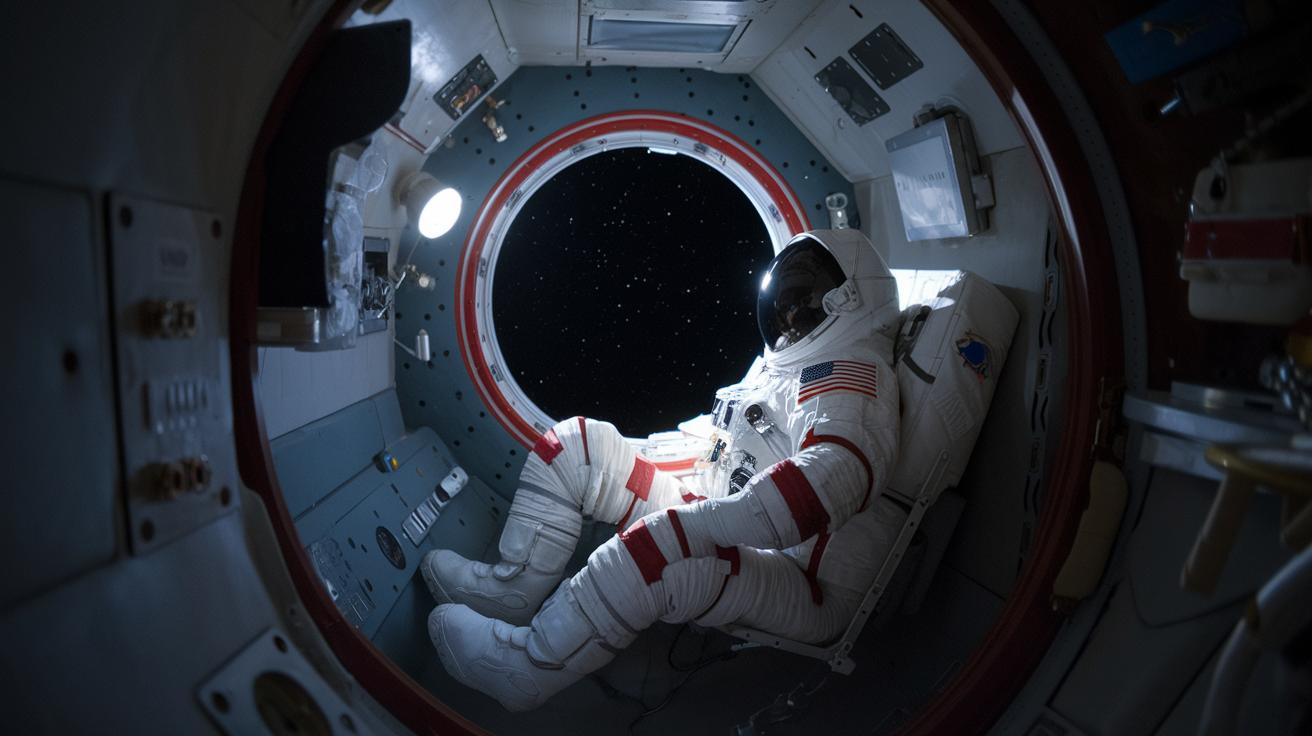
Can humans maintain mental health while living in space? Precisely, maintaining psychological well-being in space is a significant challenge. The unique environment of space missions imposes psychological effects due to isolation, confinement, and the absence of natural light cycles. These factors contribute to stress and mental health issues, making it crucial to address them for the success of long-term missions. The lack of connection to Earthly nature further exacerbates the feeling of cabin fever, underscoring the necessity for effective mental health strategies in extraterrestrial settings.
- Isolation and Confinement: Prolonged periods away from Earth in confined spaces can lead to loneliness and depression.
- Disrupted Light Cycles: The lack of natural light disrupts circadian rhythms, affecting sleep and mood.
- Cabin Fever: The monotony of the environment can cause irritability and restlessness.
- Stress from Mission Demands: High-stakes tasks and constant vigilance contribute to anxiety and burnout.
What strategies can mitigate these psychological challenges? Implementing countermeasures is essential for sustaining mental health during space missions. Strategies include designing spacecraft with adaptable lighting to simulate Earth-like day and night cycles, which can help regulate circadian rhythms. Virtual reality systems may provide sensory experiences that mimic nature, alleviating the effects of cabin fever. Regular communication with family and psychological support from Earth-based professionals are also critical. Incorporating recreational activities and team-building exercises can further enhance mood and alleviate stress, fostering a supportive and resilient crew dynamic.
Future Projects for Long-term Space Habitation
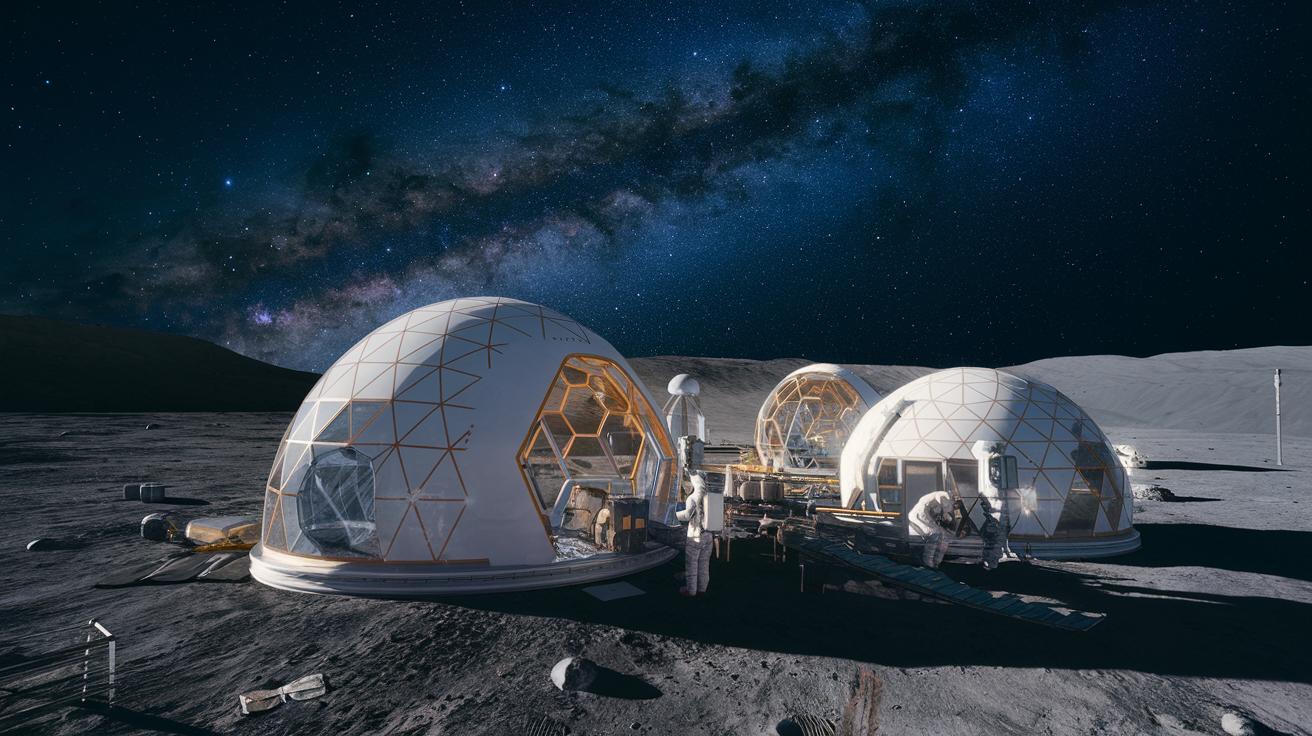
What are the prospects for lunar and Martian settlements? The potential for establishing human settlements on the Moon and Mars is increasingly plausible. Precision in current technological capabilities indicates that both celestial bodies offer strategic locations for long-term habitation projects. Lunar settlements benefit from proximity to Earth, facilitating transport and communication. The Moon's resources, such as regolith for construction and potential water ice at polar regions, are key to developing a sustainable base. Mars presents a more challenging environment but offers the allure of a similar day length and the potential for terraforming. Nonetheless, the harsh Martian climate demands robust engineering solutions to ensure human survival.
How does in-situ resource utilization contribute to space colonization? In-situ resource utilization (ISRU) is critical for sustainable space colonization efforts. Precision in identifying available resources on the Moon and Mars enhances the feasibility of long-term human presence. ISRU involves using local materials to produce essential supplies like water, oxygen, and building materials, reducing the dependency on Earth-based resupplies. Techniques such as extracting water from lunar ice or converting Martian carbon dioxide into oxygen can significantly lower mission costs and increase self-sufficiency. By harnessing these resources, habitats can evolve into self-sustaining ecosystems, essential for enduring human colonization.
What do experts predict about the future of space living? Expert predictions suggest that, within the next 50 years, technological advancements will facilitate human living in space. Precision in current trends indicates that innovations in rocket technology, propulsion systems, and life support are paving the way for this reality. While challenges such as radiation protection and creating artificial gravity remain, ongoing research is addressing these barriers. Visionaries in aerospace engineering and astrobiology believe that sustained collaboration among international space agencies and private enterprises will accelerate progress. As space infrastructure develops, the dream of humans living on another celestial body moves closer to reality.
Sustainable Living Conditions
How important are life support systems and sustainable practices for space habitats? Life support systems are indispensable for maintaining human life in extraterrestrial environments. Precision in current technological implementations highlights their role in providing breathable air, clean water, and waste management. Sustainable practices, such as recycling and renewable energy utilization, are vital for reducing resource consumption and minimizing ecological footprints. Integration of advanced agricultural systems can ensure food security, while innovative waste recycling technologies can support closed-loop living environments. These elements are crucial for developing resilient habitats capable of supporting human life for extended periods, making the vision of space colonization a viable pursuit.
Debunking Myths About Space Living
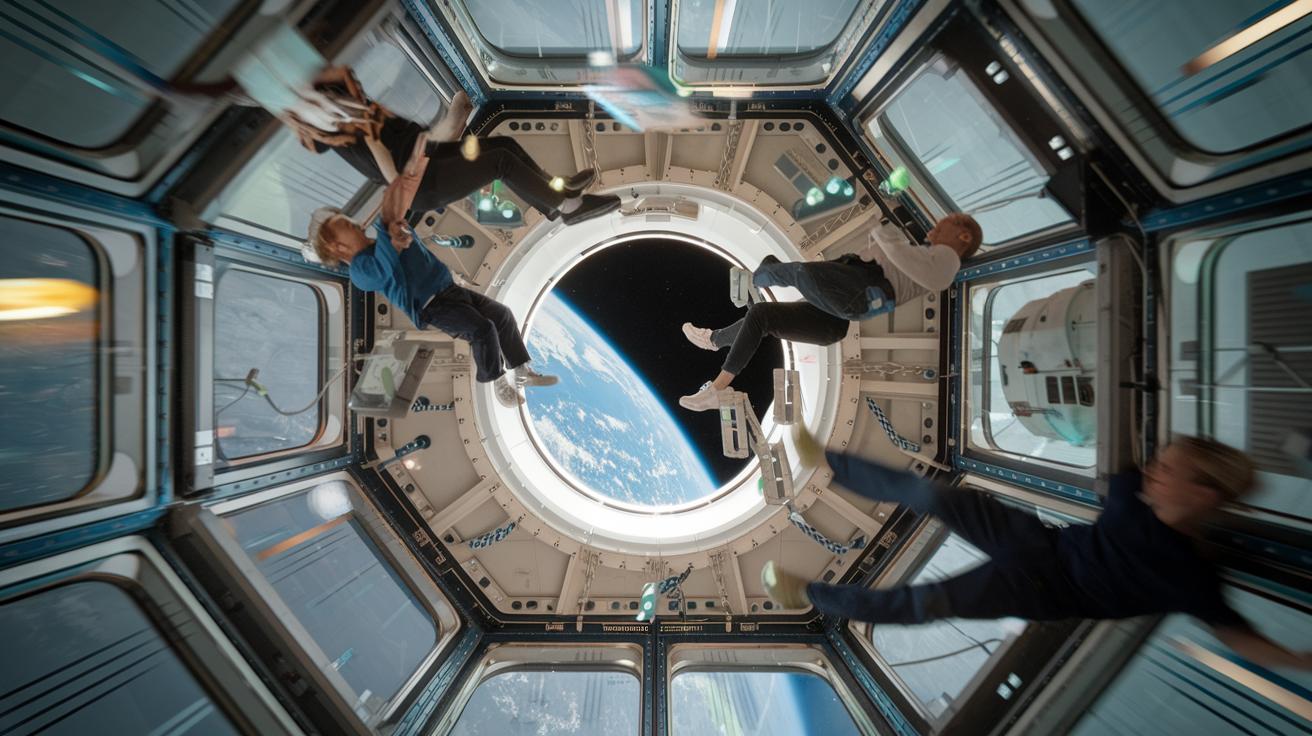
Is space tourism easily accessible to the public? No, current technological and economic constraints make space tourism inaccessible to the general populace. The concept of widespread space tourism is often fueled by media portrayals that simplify the complexities involved. Many believe that technological advancements have already made it feasible for ordinary individuals to travel and live in space. However, the intricate systems required to support human life beyond Earth, alongside the exorbitant costs associated with launching and maintaining spacecraft, pose significant barriers. These realities highlight the gap between public perception and the actual state of space travel capabilities.
- Myth: Space tourism is available to everyone.
- Myth: Humans can easily adapt to living in space.
- Myth: Space colonies are just around the corner.
What are the realities of human habitation in space? Human habitation in space is fraught with challenges that exceed mere technological hurdles. Our evolution on Earth has finely tuned human physiology to thrive under specific gravitational, atmospheric, and ecological conditions. The adaptation to space requires overcoming substantial physiological impacts, such as bone density loss and radiation exposure, which are not easily mitigated. Moreover, the creation of sustainable ecosystems in space is an ongoing scientific endeavor, demanding innovation in life support systems and resource utilization. These factors illustrate the complexity and long-term commitment required to realize the dream of living in space.
Final Words
Exploring if humans can really live in space has unveiled numerous intricacies of space habitation. Examining current technologies, particularly the ISS, has demonstrated the possibility of sustaining life beyond Earth through advanced life support systems. Delving into the physiological and psychological effects of space living highlights the need for effective countermeasures against microgravity, radiation, and isolation.
Future projects focus on lunar and Martian habitats, underscoring the importance of sustainability and resource utilization. Myth-busting efforts clarify misconceptions, showing the complexity of space living. Looking ahead, while challenges remain, advancements steadily bring the vision of living in space closer to reality, fostering optimism for future generations.
FAQ
Q: Is 1 hour in space equal to 7 years on Earth?
A: Time dilation effects in space depend on speed and gravity. Near massive bodies or at high velocities, time passes more slowly compared to Earth, but an hour equaling seven years is inaccurate for current space travel.
Q: Is it possible for life to exist in space?
A: Life, as we know it, requires specific conditions including water, energy, and nutrients, which space environments lack. Currently, no known organisms can naturally survive in the vacuum of space without protection.
Q: Have any human bodies been found in space?
A: No human remains have been discovered in space. Astronaut safety protocols ensure that space missions minimize risks to human life.
Q: Can humans live in space for long periods of time?
A: Humans can live in space for extended durations, utilizing technology like the ISS to support health and well-being. However, challenges such as microgravity and radiation require continuous mitigation efforts.
Q: What are the current space habitation technologies?
A: Space habitation technologies on the ISS include life support systems, air purification, temperature control, and radiation shielding. They are vital for sustaining human life in space environments.
Q: What are the health effects of living in space?
A: Prolonged space habitation can lead to muscle and bone loss, cardiovascular changes, and radiation exposure risks. Research focuses on countermeasures like exercise, nutrition, and artificial gravity.
Q: What are the psychological challenges of living in space?
A: Isolation, confinement, and lack of natural light impact mental health. Strategies such as communication with family, virtual nature experiences, and structured routines help mitigate these challenges.
Q: What are future projects for long-term space habitation?
A: Future endeavors may include building lunar and Mars settlements, using in-situ resources. Sustainable practices and advanced life support systems are pivotal to making off-world living feasible.
Q: What myths about living in space need debunking?
A: Common myths include immediate space tourism, easy adaptation for humans, and economic feasibility. Current realities show human habitation in space is complex with significant technological constraints.


